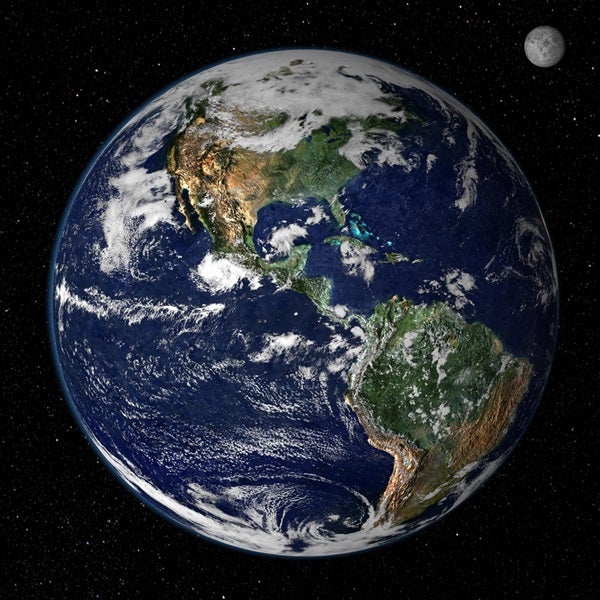
Despite the beautiful sights found elsewhere in the solar system, Earth remains the favorite planet for many. If nothing else, it’s home to all our favorite people, places, and burger joints; unless you’re an astronaut, everything you’ve ever heard with your own ears and touched with your own fingers has been on this relatively tiny planet. Earth’s diameter spans 7,926 miles (12,760 kilometers) at the equator; it takes 24 hours to rotate once, and about 365 days to orbit the Sun once. These last two, of course, are better known as a day and a year.
At an average distance from the Sun of about 93 million miles (150 million km), Earth inhabits a special place called the habitable zone. This is the area around a star where a planet can maintain liquid water and thus life. Neither too hot like the inner planets nor too cold like the distant giant planets, temperate Earth is the only place we know of that harbors life.
Learn more about our home planet by registering with Astronomy.com and gaining access to the video, “Tour the solar system: Earth.”









